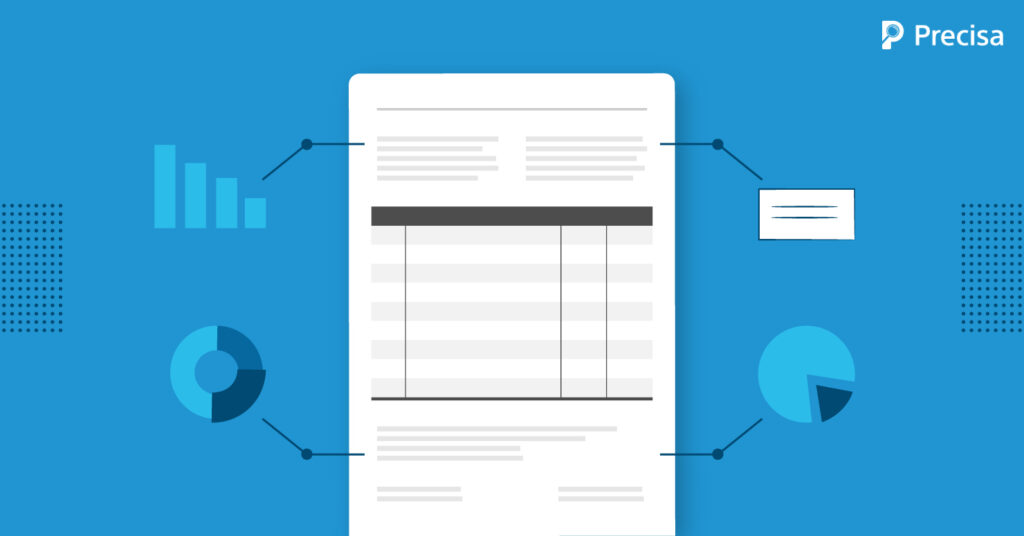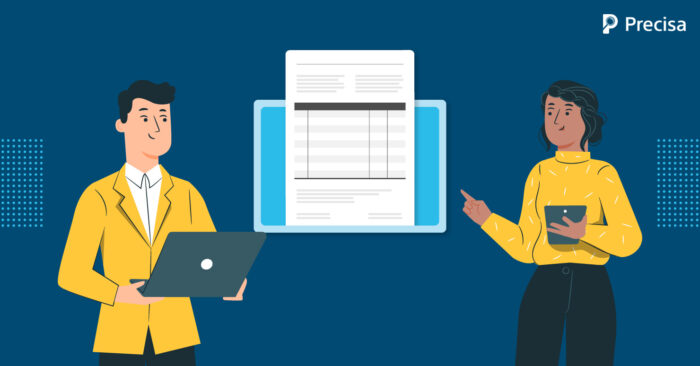How Useful Is Financial Statement Analysis for Banks?

Every loan process or audit of financial transactions—no matter if it is an individual loan or a commercial loan—starts with a bank statement. For instance, a bank statement could disclose information crucial in approving or validating a loan. What’s more? There’s a lot. How useful is financial statement analysis for banks? Let’s check that.
What is Financial Statement Analysis?
To put it simply, financial statement analysis is an assessment of a bank statement and how it needs to be. An analysis of a bank statement is essential for many reasons: Bank statement analysis is primarily done by commercial and retail banking, institutional investors, auditing firms and investment banks.
The commercial and retail banking industries analyse borrowers’ bank statements to verify their financial status. The analysis involves comparing data from all necessary transactions with documents such as Income tax returns, GST filings, and financial reports.
As part of the audit process, audit firms analyse bank statements to validate all transactions. Different types of borrowers can benefit from bank statement analysis, such as corporates, small to midsize businesses, and individuals, providing insightful information about the borrower’s financial health.
6 Ways How Financial Statement Analysis for Banks is Useful
Banks can benefit a lot from financial statement analysis, from assessing creditworthiness to easing the underwriting process. Let’s see what’s more to it:
1. To determine creditworthiness and ease loan approvals
Almost all financial institutions, whether commercial banks, retail banks, NBFCs, etc., derive the majority of their operating revenue from granting loans. Institutions evaluate borrowers’ creditworthiness before granting loans to ensure that the money will be returned on time. Thus, bank statements eliminate the bottlenecks in loan approvals with clear financial information.
2. To spot red flags
With the bank financial statement analysis, one can quickly identify indicators of fraud, such as large deposits and cash withdrawals, negative account balances, overdraft limits, bounced checks, and cross verification with all other provided documents. These activities are indicative of the account holder’s declining financial health.
3. Information related to taxes
The tax officers could determine whether the taxpayer reported all income and expenses and paid taxes accurately by analysing bank statements. Also, for ITR filings, NBFCs and fintechs commonly use financial statements as a crucial source.
4. Internal fraud control
If an organisation suspects that fraudulent transactions are taking place, it can analyse the bank statements of its vendors or other parties. The analysis of the bank statement can also identify whether PDF bank statements have been manipulated to defraud.
5. Identify patterns
Financial statements provide insights into patterns of financial activity. Using this method, it is possible to forecast and predict bank deposits, withdrawals, overdrafts, etc. In addition, the analysis of bank statements can be used to determine sales against collections.
6. Underwriting
Financial institutions and banks check the background and creditworthiness of potential borrowers as part of their underwriting process. The underwriting process involves providing loans to lenders at a reasonable risk in return for a premium. In addition, the financial statement analysis helps businesses uncover bank deposits, individual assets, income verification, and loan repayment capacity.
What Tools are Available to Help with Bank Statement Analysis?
Financial statement analysis, if done manually, is a tedious task involved with data sensitivities. In addition, errors in data entry, misplaced information, and human error make it expensive.
In the crux, financial statement analysis doesn’t fit all since every bank has its document format, rules, and loan disbursing methods. The best option is a reliable software. And how should we select that? Look out for the following features when selecting bank statement analysis software:
1. Adaptability
Bank statements are printed in different formats. An efficient tool should analyse bank statements, interpret unstructured data, organise it, and produce comprehensive information readable. A crucial feature of state-of-the-art bank statement analysis software is flexible document layout and format support.
2. Accuracy
Bank financial statement software should provide high levels of data accuracy to detect fraudulent entries. However, analysing bank statements requires converting PDF to Excel documents to read tabular data and enter it into spreadsheets. This is lacking in most OCR solutions that have difficulty extracting data from PDFs and decoding values.
3. Data verification
As stated earlier, to determine the borrower’s financial health, a substantial amount of data needs to be validated, such as GST filings, tax figures, etc. Therefore, it is essential that software verifies entered data, compares it with multiple sources, and ensures legitimacy.
4. Review on discrepancies
Following analysis, bank statement data should be reviewed by users. Any anomalies should be flagged and alerts sent to users for inconsistencies during data extraction, requesting manual attention.
Finally, in a race towards digitisation, analysing the authenticity of a borrower has become more challenging, considering the many loopholes. Bank financial statement analysis software solves the problem with speed and efficiency. It saves time and effort and ensures error-free analysis.
In essence, a bank statement analysis tool can help banks make informed lending decisions. And that too in minutes. How? Precisa provides lenders with powerful, efficient and productive bank statement analysis software. So, your lending processes can be up and running in no time. Sign up for a free demo today and transform your lending processes.




